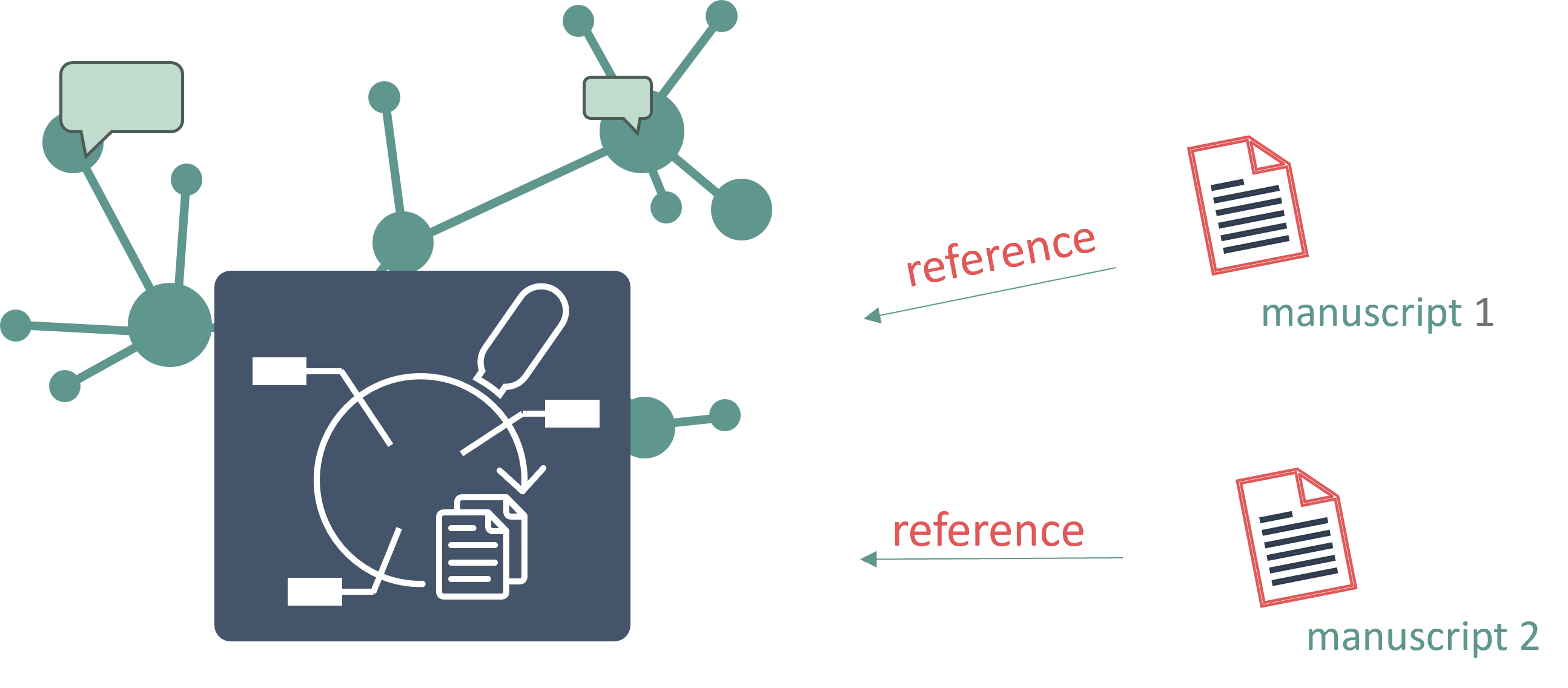Data Management Principle
#Data Management Principle
The ARC is a comprehensive framework designed for organizing, documenting, and managing research data. It serves as a focal point for collaboration, data exchange, and the creation of FAIR (Findable, Accessible, Interoperable, Reusable) Digital Objects across various research domains. By adopting the ARC, researchers can seamlessly engage with the evolving Research Data Management ( RDM ) ecosystem, without facing barriers or limitations.

#Core Features and Benefits
ARC implements widely accepted RDM standards, ensuring compatibility with technology-specific endpoints, domain-specific databases, search engines, and publication platforms with minimal extra effort. Its practical approach blends efficient data organization and documentation, making it easier to publish research data that can be transparently referenced in one or more accompanying journal publications.

The fundamental principle of ARC is to be FAIR by design. It promotes a continuous increase in FAIRness through incremental updates and community contributions, making it an evolving system that can grow with the needs of researchers.
ARC’s collaborative nature, combined with its project management features and extensive software support, fosters effective communication and distributed contributions within research teams. This makes ARC not only a data management tool but also a powerful platform for collaborative research.
#Documentation and Organization
The ARC follows a process-centered documentation approach, focusing on how data is generated. This approach allows for an implicit identity description, saving time by utilizing one overarching concept instead of multiple, technology-specific or experiment-specific systems. All data and metadata can be documented using simple tables, a format familiar to most researchers due to its frequent use in daily activities.
The organizational structure of ARC goes beyond making data findable and accessible; it ensures immediate machine actionability and AI-readiness, essential for modern research environments. The flexible framework also allows for customization, enabling researchers to adapt or extend the core structure to meet their individual needs.
#Separation for Reusability
One of ARC’s key principles is the separation of (meta)data for reusability. By treating metadata as distinct, reusable entities, the framework makes it easy to aggregate data later while avoiding the difficulties of separating intertwined information. This approach ensures a high level of clarity and organization, supporting long-term reuse and integration across multiple research projects.

In the user-facing representation, ARC allows everything to be stored as individual files, making it possible to layer metadata and data incrementally. Metadata files attached to data can, in turn, be decorated and enriched with further metadata, allowing for continuous improvement and contextualization.
#Getting Started
To facilitate adoption, tools like ARCitect offer a user-friendly interface for creating and managing an ARC. ARCitect streamlines organization and documentation with an intuitive interface, and video tutorials provide step-by-step guidance on how to get started with modern research documentation using ARC. While these tools make the process easier, ARC is designed to avoid any tool lock-in. Everything can be done manually or using alternative tools available within the ARC community.
#Open Source and Community-Driven
ARC is an open-source, community-driven initiative that invites researchers to contribute and shape the future of RDM according to the evolving needs of the research community. This openness ensures that the framework remains adaptable, relevant, and focused on solving real-world challenges in research data management.